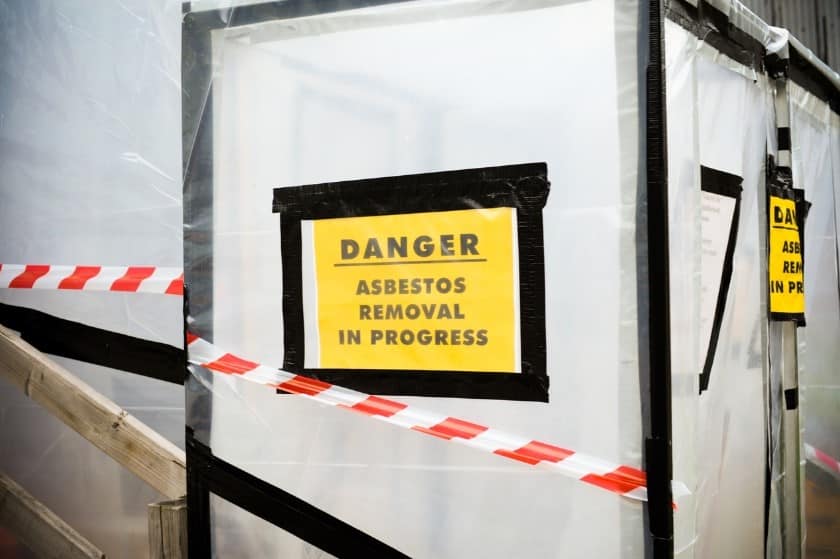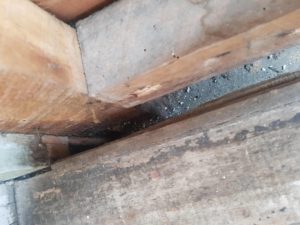The most common reason for clearance inspection failure is dust and debris located during the visual inspection. The removal area and enclosure has got to be clean, it doesn’t matter if the builder made the mess or a freak gust of wind blew in dust and debris, we are required to ensure that the enclosure is free from dust before providing a clearance certificate. As part of the of the inspection, we are also required to look in bag-locks and decontamination docks. On the plus side, most issues we find are minor and can be quickly remediated by the onsite removalist.Another common failure is air testing immediately after completion of removal. It’s usually best to let the negative air unit run for a while after completion of removal to ensure lower airborne fibre concentrations prior to air testing.
Chemsafety has a number of licenced Asbestos Assessors who are able to assess your site during and after an asbestos removal. Our laboratory is IANZ accredited for sample analysis.
Dust/Debris
Dust/debris in the removal area, the area immediately adjacent or in the transit area can be a reason for a clearance inspection failing. This includes dust/debris that is both confirmed or suspected to contain asbestos. These two are not always distinguishable, and so in order for the assessor to be confident the area is visually clear, all dust and debris should be removed.
Unacceptable Fibre Levels
Unacceptable fibre levels for Class A clearances will trigger a failure. The assessor determines this by undertaking air testing inside the enclosure after removal work has taken place. There could be several reasons for unacceptable fibre levels: for example, the enclosure might be too dusty and require more cleaning, or perhaps the negative air unit isn’t functioning properly, or maybe some non-asbestos material inside the enclosure is releasing fibres.
Contamination
Contamination of materials in the removal area with asbestos can occur during the removal process. Anything highly absorbent that can’t be easily cleaned, such as glass fibre for example, will likely need to be removed as asbestos waste.
Unexpected Asbestos
Unexpected asbestos containing materials might be uncovered during removal. This can be especially problematic if the material is in poor condition. Even if this material is outside the originally planned scope of works, the area needs to be safe for reoccupation in order for a clearance to be given.
Incomplete Removal
Have you completely removed everything as stated in the asbestos removal control plan? Check the corners of the room, you might have missed something.
Figure 1.Unremoved dust/debris in the removal area.


